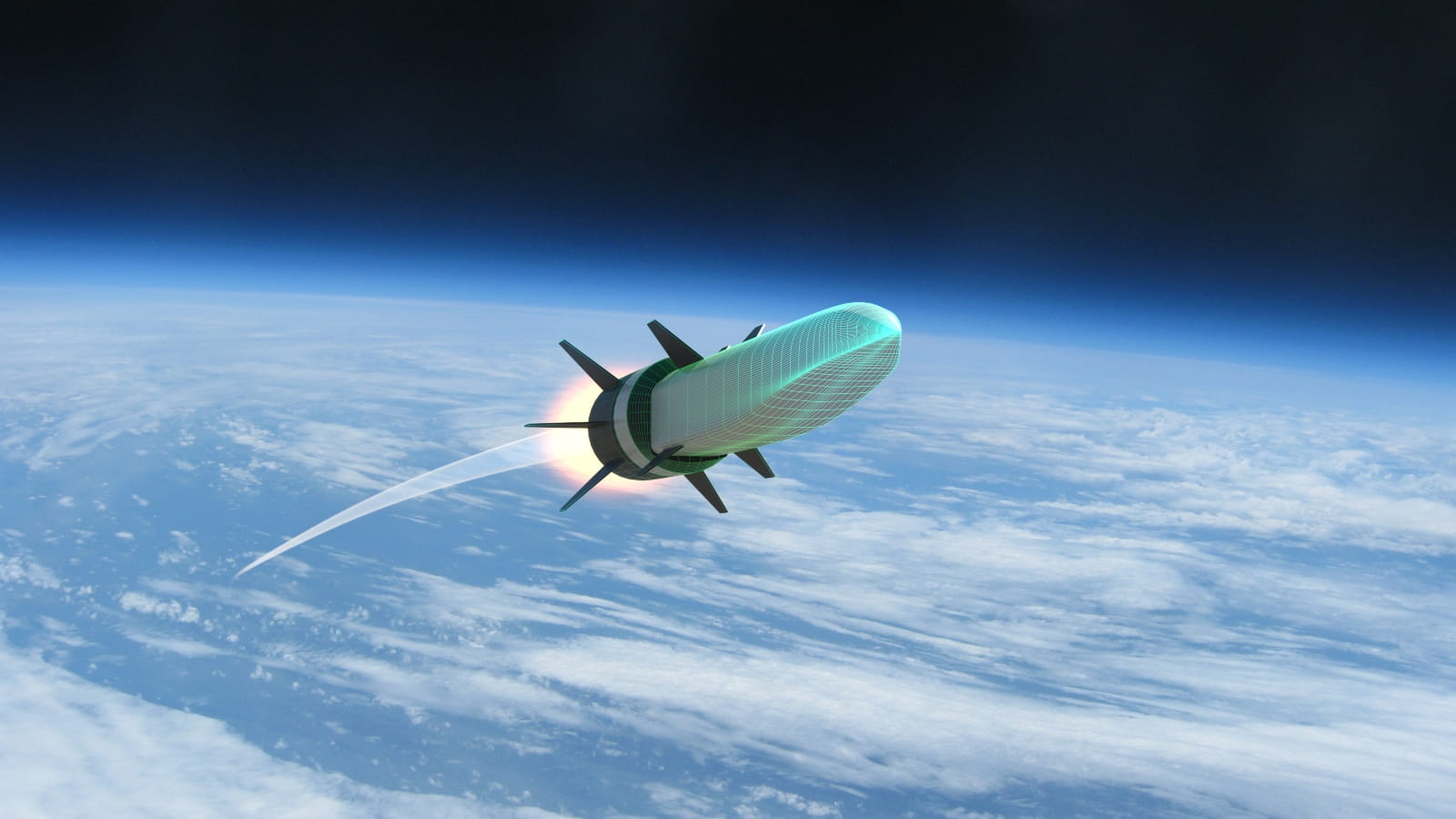El desarrollo de sistemas de armas hipersónicas, demanda novedosas soluciones que apliquen herramientas de diseño en apoyo de la ingeniería, para enfrentar las altas velocidades y gran maniobrabilidad de los vectores, que someten a enormes desafíos estructurales, funcionales y operativos al sistema. Para desarrollar y validar el modelo de diseño más rápidamente, Raytheon ha empleado Ingeniería digital, específicamente lo relacionado con modelización y simulación en condiciones extremas, además de los ensayos en bancos terrestres y “Túneles de viento”, capaces de someter a los prototipos a las exigencias de las velocidades hipersónicas. “Avanzar en las capacidades hipersónicas de nuestra nación es un imperativo nacional crítico, y este fue un importante paso adelante”, dijo Wes Kremer, presidente de Raytheon Missiles & Defense, una empresa de Raytheon Technologies. “Tener pruebas de vuelo exitosas consecutivas, nos da una confianza aún mayor en la madurez técnica de nuestro prototipo operativo HAWC”.
“Advancing our nation’s hypersonic capabilities is a critical national imperative, and this was an important step forward,” said Wes Kremer, president of Raytheon Missiles & Defense, a Raytheon Technologies business. “Having back-to-back successful flight tests gives us even greater confidence in the technical maturity of our HAWC operational prototype.”
The HAWC program is a joint effort of the U.S. Defense Advanced Research Projects Agency and U.S. Air Force.
A digital thread
The HAWC missile takes in oxygen around it for propulsion. Northrop Grumman designed its scramjet combustor and a portion of the flow path. The system represents one way Raytheon Technologies is teaming across industry to accelerate hypersonic advances, bringing proven tech together with cutting-edge developments in thermal management, propulsion and sensing.
Hypersonic weapons demand novel design solutions because their speed and maneuverability create challenging operating environments. To develop and validate the system quickly, the company has used digital engineering, specifically modeling and simulation, along with ground testing.
Digital engineering “helps us find new materials, manufacturing processes and aerodynamic shapes that can withstand extreme conditions while delivering required performance,” Kremer said. “It’s a critical contribution to our flight test success.”
From data to predictive analytics
The latest test follows the Raytheon Technologies/Northrop Grumman team’s first-ever flight test of a HAWC missile in 2021. But countless tests have taken place in the digital world, gleaning valuable data used to help forecast real-world performance.
These digital models, based on real-world flight data, are being used to accurately predict and increase performance as the weapon concept matures.
The power of digital engineering
As fidelity of models improve across industry, so does confidence that a correlation can be made between the two.
“It’s hard to recreate in the real world the most advanced threat scenarios, and that’s especially true in hypersonics,” Kremer said. “But we have the power to model a hypersonic flight regime.”
Digital environments enable engineers to learn faster and iterate more affordably, in comparison to building and flying physical hardware.
“Advances in artificial intelligence, machine learning and big data allow us to develop capabilities at scale in a way that wasn’t possible before,” Kremer said. “That’s the power of digital engineering.”
Coupled with creative partnering, digital engineering is helping Raytheon Technologies move advanced hypersonic capabilities out of laboratories into test environments and into the hands of warfighters at top speed.
The latest tests put the companies on track to deliver an operational prototype system to the U.S. Department of Defense.


